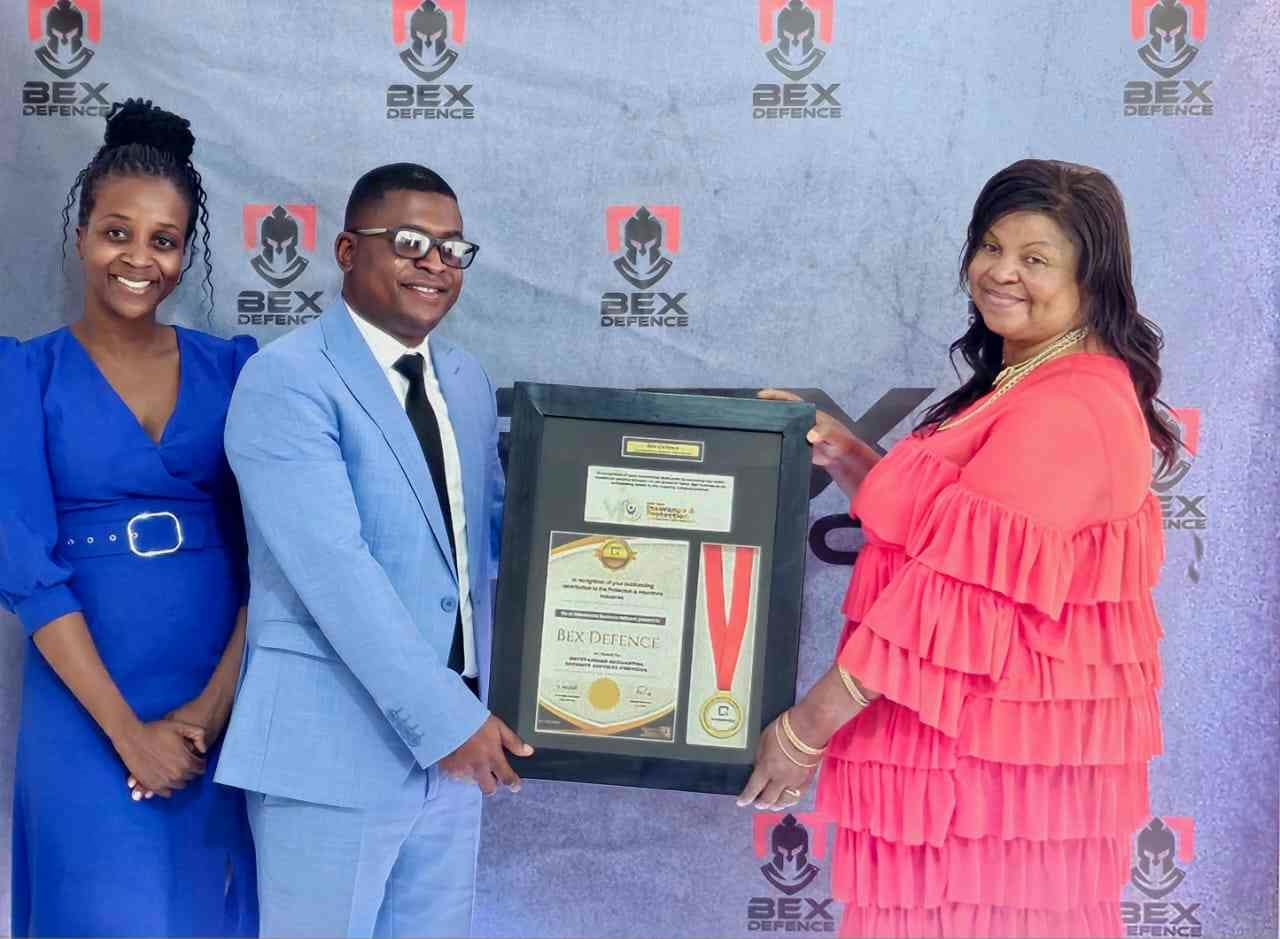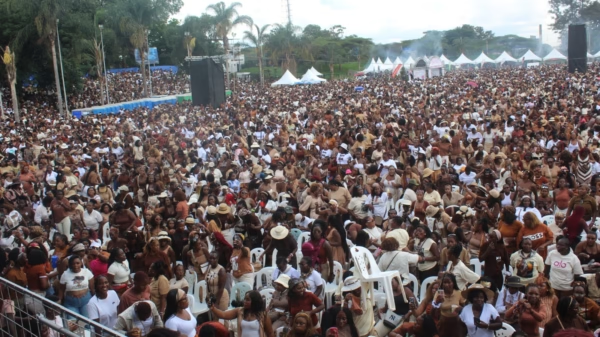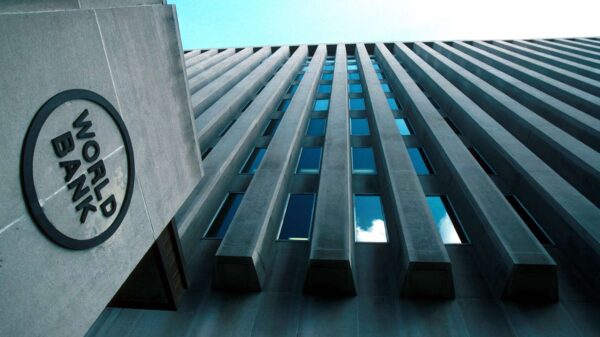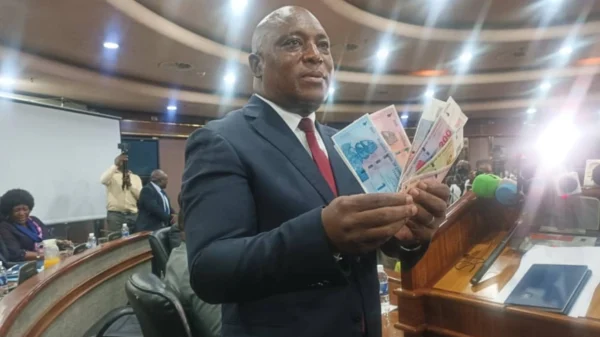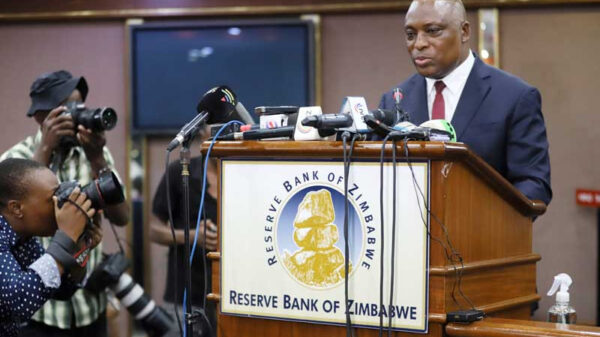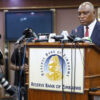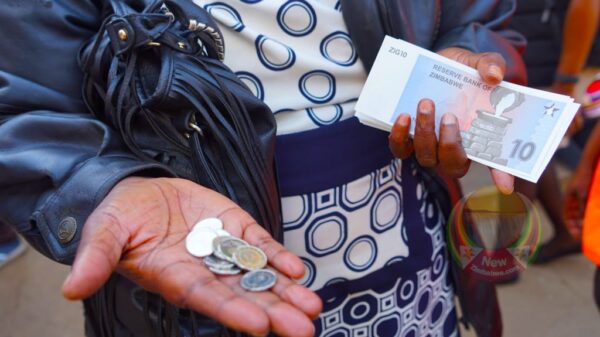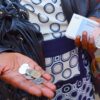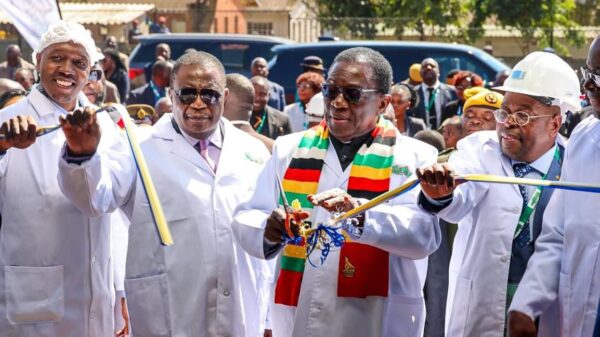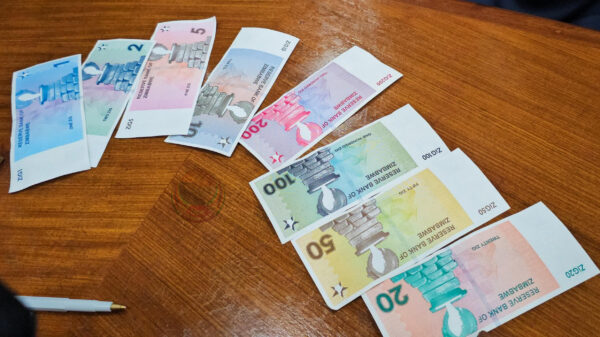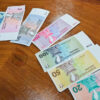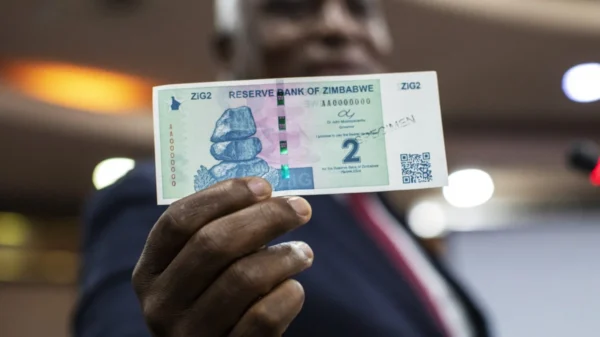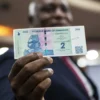Zimbabwe’s newly launched gold-backed currency, the ZiG, is currently trading at 14 per US dollar, marking its lowest point on the official market since its introduction five months ago.
The ZiG has now experienced a significant decline, with 23 consecutive days of depreciation against the dollar.
As of September 27, data from the Reserve Bank of Zimbabwe (RBZ) indicated that the exchange rate was 14.01 to the US dollar. In stark contrast, the parallel market quotes the ZiG at 28, which is double the official rate, according to ZimPriceCheck.Com, a site that monitors both rates.
The growing disparity between the official and parallel market rates is affecting formal businesses, as highlighted by the Confederation of Zimbabwe Industries, the country’s largest manufacturing body.
ALSO READ: E-Creator Ponzi Scheme Investigations Conclude Set for Trial
Sekai Kuvarika, the association’s CEO, noted in response to Bloomberg that the central bank has kept the exchange rate artificially low for too long, leading to a substantial premium in the parallel market. She suggested that addressing the parallel market’s influence is crucial for improvement.
Introduced on April 5, the ZiG was meant to replace the Zimbabwean dollar, which had lost over 80% of its value against the US dollar in 2024. This marks Zimbabwe’s sixth attempt to establish a stable local currency since 2009.
Kuvarika advocated for a market-determined exchange rate, allowing the ZiG to adjust according to market conditions, which could help stabilize it. She also recommended increasing the use of the ZiG in transactions, suggesting that the Treasury should expand the types of taxes payable in this currency, including pay-as-you-earn and value-added tax.
Currently, the ZiG is involved in 40% of transactions, up from 15% at its launch, while US dollars remain the dominant currency in most transactions.

For comments, Feedback and Opinions do get in touch with our editor on WhatsApp: +44 7949 297606.















